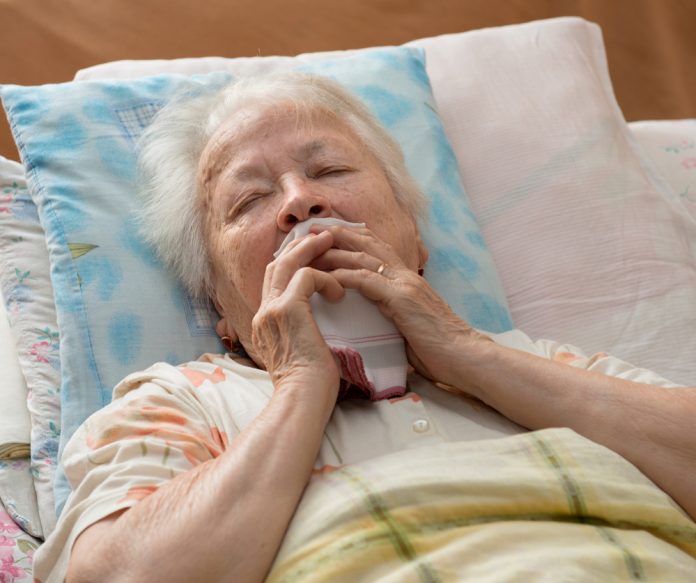In this guest post, Registered Nurse Merin Parambath, who manages TriCare’s Cypress Gardens Aged Care Residence on the Gold Coast, shares key techniques she and her staff use in order to identify if residents are in pain.
Ageism Awareness Day is this month and for many older Australians pain of one kind or another is an everyday battle with most suffering in silence, unlikely to admit how much it affects their life.
Pain Australia data shows that one in three people over the age of 65 live with chronic pain and as the years go on pain, chronic or otherwise, can lead to impaired mobility and muscle wastage.
As someone who has worked in aged care for 15 years, I see this every day.
Common causes of pain in older people
- arthritis (osteoarthritis and rheumatoid arthritis)
- fibromyalgia (a condition characterised by widespread pain and other symptoms)
- cancer
- circulatory problems
- bowel disease
- urinary tract infections
- pressure injuries
- old injuries
- infections
Pain management and the signs to Look Out for
Pain management is a very important consideration for the elderly whether they live at home or in an aged care facility.
Even though pain is unfortunately part of the aging process, the older residents I work with don’t tell anyone that they are in pain. This is why it’s important we provide our residents with the right help and support in order to reduce the pain they’re feeling.
Here are my top tips for identifying whether residents may be in undisclosed pain and the warning signs to look out for
1. Changes in behaviour – if a resident is usually chatty and becomes quiet this is normally a sign that something is wrong.
2. Changes in routine – missing a 9 a.m. coffee break or skipping a daily morning walk for those who have a scheduled daily routine is often a tell-tale.
3. Reduced appetite – declining or refusing meals is not normal.
4. Increased agitation – if a resident is challenging to deal with it may be because of undisclosed pain.
While it’s often distressing for residents’ families to see their loved ones hurting, I do stress the importance of observation and personal connection from all associated.
At TriCare, we do this by subtly engaging them in conversation or asking them to get up and join us for a walk. If they can’t, we know there’s a problem.
We make sure to always foster relationships and connections with our residents so we know when things may be wrong — it’s often through knowing their routine or personality that we can then identify pain.
Tips for reducing pain
At TriCare Australia the team focuses on natural, holistic ways of reducing pain and offers a variety of exercise-based activities.
We advocate for gentle exercise, host Tai Chi sessions, provide hot and cold packs, and of course, have masseuses and physiotherapists on site to assist as required.
Pain presents in many forms, whether it’s in the joints, weakened muscles or loss of balance, but there are a few things you can do in your younger years to ensure you are in your best shape to avoid chronic pain later in life.
These include building your core strength and creating an exercise routine that you stick to, like walking every day.
Chronic pain can sneak up on you, and that is why it’s important to lead a healthy lifestyle as that will carry you through into your twilight years.
Everyone has pain at some level, but it’s not the medicine cabinet that should be the go-to, as pain medication can create a wide variety of additional health issues, including nightmares and constipation.











Pain in my opinion can start for one reason. Missing Nutrients. Finding your best foods is the first step. Eating the same thing that everyone else eats in a group nursing home can be a problem for most. First and foremost is digesting well, and as I learned finding your best foods helps. The nutrients we need are riboflavin, folate, B12, magnesium and zinc plus some Sockye salmon which has manganese and selenium and some Vitamin C. Finding your best foods, best zone and more (determining if you have a slow gene) are listed in the “Steps to Vibrant Aging Health”